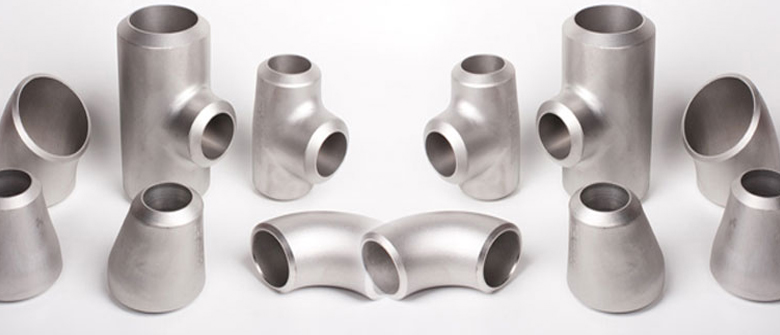Butt weld fittings are pipe fittings designed for welding directly to the ends of pipes to change flow direction, branch off, or reduce pipe diameter. They are commonly used in industrial piping systems for applications requiring strong, leak-proof connections, such as in oil and gas pipelines.

Here's a more detailed explanation:
Key characteristics:
- Welding:
Butt weld fittings are designed to be welded to the ends of pipes, creating a continuous, leak-proof joint.
- Versatility:
They allow for changes in pipe direction (e.g., elbows), branching off (e.g., tees), and changes in pipe diameter (e.g., reducers).
- Strength:
The welded connection provides a strong, reliable connection suitable for high-pressure applications.
- Applications:
Butt weld fittings are widely used in various industrial applications, including oil and gas pipelines, chemical processing plants, and power generation facilities.
Types of Butt Weld Fittings:
Other Types:
-
Butt weld 90° Elbow Fittings
-
Butt weld 180° return bend Fittings
-
Butt Weld Tee Fittings
-
Butt Weld Reducer Fittings
-
Butt Weld Cap Fittings
Materials:
-
Butt weld fittings are typically made from various materials, including carbon steel, stainless steel, and alloy steel, depending on the specific application requirements.
Standards:
In summary, butt weld fittings are crucial components in industrial piping systems, providing a robust and reliable method for joining pipes and changing flow characteristics.
How are Butt Weld Fittings Made?
The manufacturing of this type of pipe fitting involves a hot forming process. Initially, a pipe will be bent and shaped, then cut to the required length to serve as the starting material. Subsequently, this pipe will be heated and moulded into the desired shapes using specific dies. Finally, heat treatment will be applied to achieve the necessary mechanical properties and eliminate any residual stresses.


 Indonesia
Indonesia